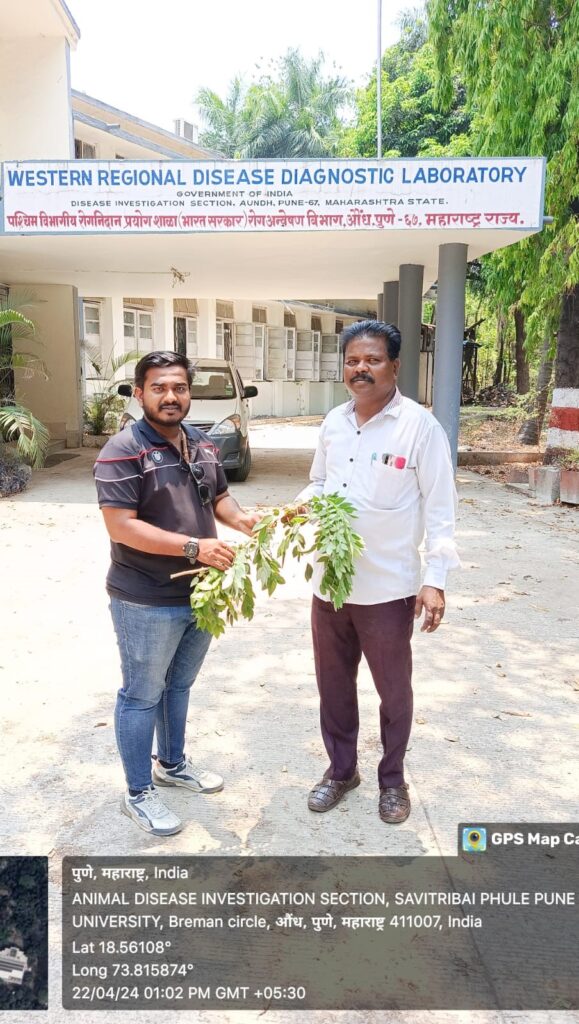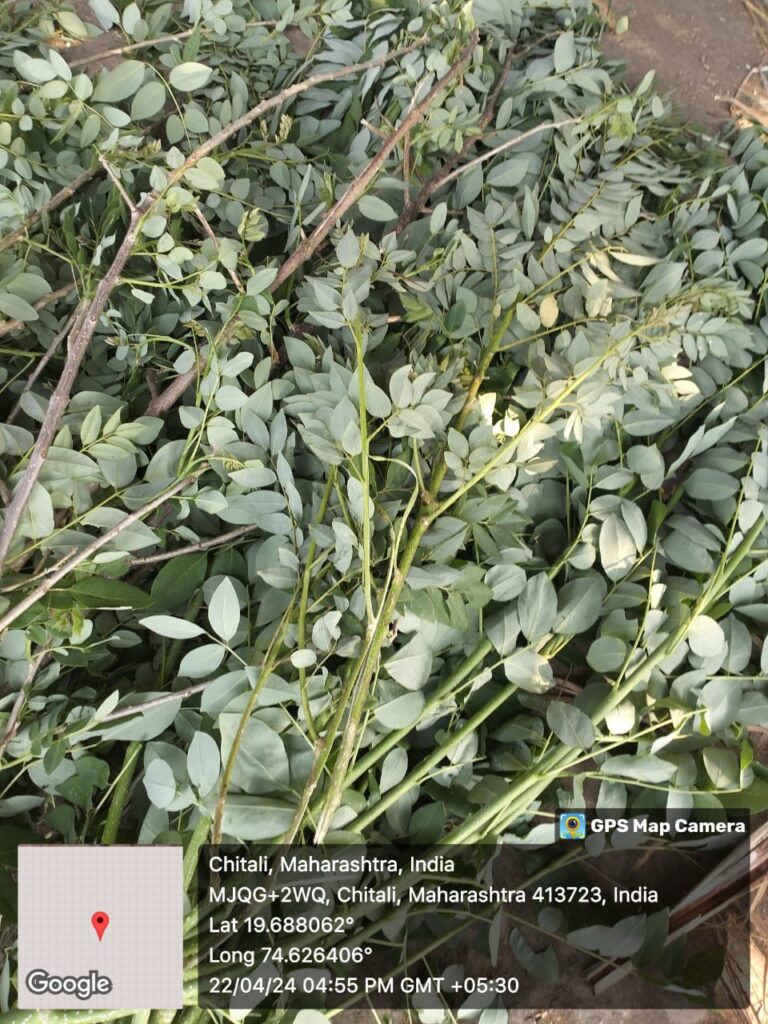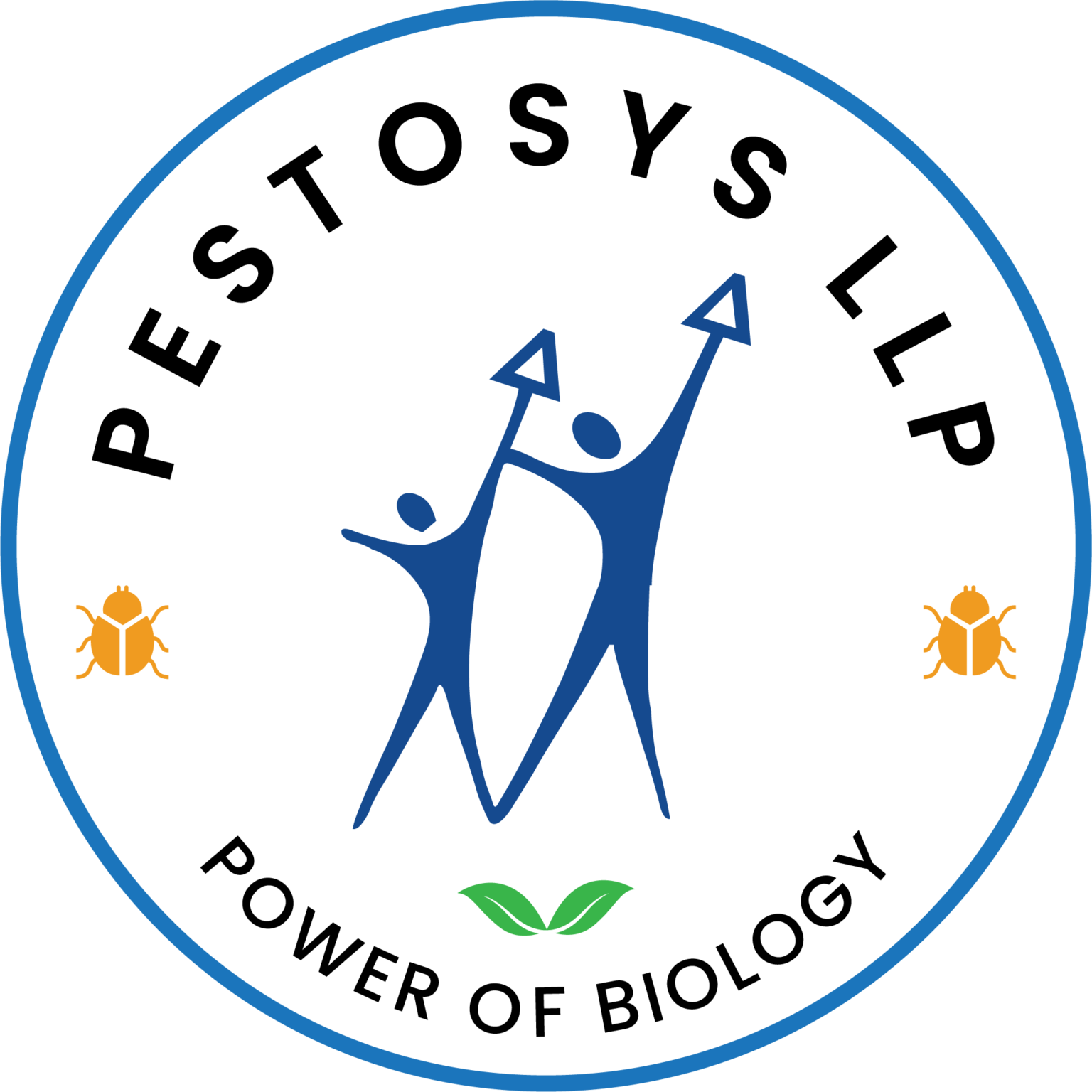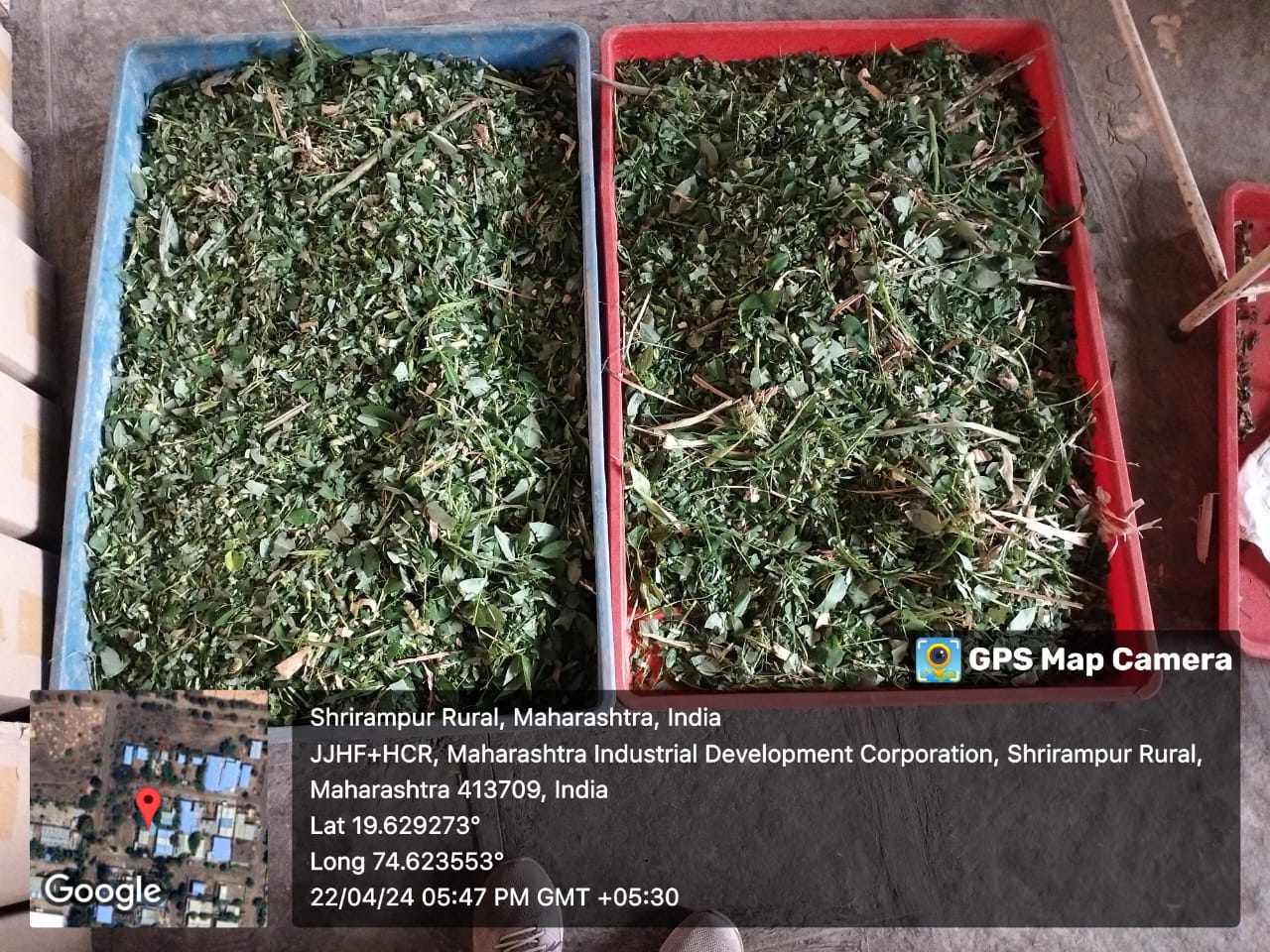Alternative Nutritious Food Sources for Enhancing Cattle Health: A Sustainable Approach by Avinash Salunke
In today’s Agricultural Practices, there’s a growing concern over the use of Hormones and Artificial Methods to enhance Cattle Productivity. As the Founder of Pestosys LLP, Pune, I’ve always been an advocate for Natural and Sustainable Solutions, not just in Pest Control but across all aspects of Farming. It’s crucial we shift our focus to Alternative, Nutritious Food Sources for Cattle Health and Survival, particularly addressing issues during Pregnancy and Deficiencies that are common in Livestock.
The Need for Alternative Nutrition
The indiscriminate use of Hormones to induce Heat and Increase Milk Production in Cattle is a Short-Sighted Solution with Long-Term Consequences, affecting not just Animal Welfare but also Human Health and the Environment. It’s time we looked back to our Roots, Drawing Inspiration from Ayurvedic Practices that emphasize the healing and nourishing Power of Nature.


Nutritious Alternatives for Cattle Feed
- Azolla: An Aquatic Fern Rich in Proteins, Essential Amino Acids, Vitamins and Minerals. Azolla is not only a highly Nutritious Feed but also promotes the overall Health and Milk yield in Cattle Naturally.
- Moringa: Known for its remarkable Nutritional Profile, Moringa leaves can be a valuable Supplement, enhancing Fertility and Milk Production without the need for Hormonal Interventions.
- Alfalfa: A well-known Fodder, rich in Protein, Vitamins and Minerals, Alfalfa can significantly improve Digestion and Milk Quality in Cattle.
Solving Pregnancy Disorders and Deficiencies
Pregnancy disorders in Cattle, often due to Nutritional Deficiencies, can be mitigated by incorporating these Alternative Feeds into their diet:
- Sesbania: Its high Protein content supports the Nutritional needs during Pregnancy, ensuring Healthy Calf Development.
- Beet Pulp: An excellent Source of Fiber, Beet Pulp helps prevent disorders like ketosis during Pregnancy by maintaining optimal Energy Levels in Cattle.
Ayurvedic Practices for Cattle Health
Ayurveda, with its Holistic Approach, offers Several Practices Beneficial for Ruminants:
- Turmeric and Garlic: Known for their Antimicrobial Properties, incorporating small amounts into Cattle Feed can enhance Immune Function and prevent Infections.
- Neem: A Natural Antiparasitic, Feeding Neem Leaves to cattle can help in the effective control of Internal Parasites, promoting overall Health.
Towards a More Sustainable Future
The shift towards this Alternative, Nutritious Food Sources and the integration of Ayurvedic practices in Cattle Farming is not just about avoiding Artificial Hormones; it’s about ensuring the Sustainability of our Agricultural Practices, the Welfare of our Livestock and the Health of our Planet.
By focusing on what Nature has to offer, we can maintain Cattle Health, improve Productivity and ensure the Long-Term Sustainability of our Farming Practices. Let’s embrace these alternatives and contribute to a healthier future for our Livestock and ourselves.
Remember, the transition to any New Feed should be gradual and under the guidance of a Veterinary Nutritionist to ensure the Health and Safety of the Cattle.
Together, we can create a shift in how we approach Cattle Health and Productivity — a shift towards more Natural, Sustainable and Holistic Methods. Let’s make the change for the betterment of our Livestock, Our Health and Our Environment.
India’s diverse Climate and Geography Support a wide array of Plant Species, many of which are Edible, Nutritious and Palatable but are underutilized or not commonly used as Feed. Exploring these can open new avenues for Sustainable Agriculture and Livestock Feeding Practices.
Here are some notable Examples:
- Moringa (Moringa oleifera)
Edible Parts: Leaves, Pods, Seeds and flowers.
Nutritional Value: High in vitamins A, C and E, Calcium, Potassium and Protein.
Potential as Feed: Its High Protein content and rapid growth makes Moringa an excellent supplementary Feed for Livestock, especially in Arid Regions.
- Amaranth (Amaranthus spp.)
Edible Parts: Leaves, Grains and Stems.
Nutritional Value: Rich in Proteins, Lysine (an essential Amino Acid), Vitamins A and C, Calcium, Iron and Magnesium.
Potential as Feed: Both the leafy and grain varieties of Amaranth can be used as Nutritious Feed for Poultry and Cattle.
- Azolla (Azolla spp.)
Edible Parts: Entire Plant.
Nutritional Value: Contains Proteins, Essential Amino Acids, Vitamins (Vitamin A, Vitamin B12 and Beta-carotene) and Minerals.
Potential as Feed: Azolla is used as a Feed Supplement for Fish in Aquaculture but has potential as livestock Feed due to its high Protein Content and Rapid Growth rate in Water.
- Drumstick Tree (Moringa Oleifera) Leaves Already mentioned as Moringa, the leaves are particularly noteworthy for their exceptional Nutritional Profile.
- Sweet Potato (Ipomoea Batatas) Vines
Edible Parts: Leaves and Vines.
Nutritional Value: High in Fiber, Vitamins and Minerals.
Potential as Feed: The Vines and Leaves are a good Source of Nutrients for Livestock, especially in areas where other Fodder is scarce in the dry season.
- Jackfruit (Artocarpus heterophyllus)
LeavesEdible Parts: Fruit, Seeds and Young Leaves.
Nutritional Value: Rich in Starch, Vitamins A and C and Minerals.
Potential as Feed: The leaves could potentially serve as Feed for livestock, although the primary use is for Human Consumption.
- Mulberry (Morus spp.) Leaves
Edible Parts: Leaves, Fruits.
Nutritional Value: Leaves are rich in Proteins, Vitamins and Minerals; traditionally used for Silkworm Rearing.
Potential as Feed: Besides Silkworm Rearing, Mulberry leaves can be explored as Feed for Ruminants due to their Nutritional Content.
- Pumpkin (Cucurbita spp.) Leaves and Vines
Edible Parts: Fruit, Seeds, Leaves and Flowers.
Nutritional Value: Leaves are a good Source of Vitamins A, C, Calcium and Iron.
Potential as Feed: The Leaves and Vines can be used as supplementary Feed for livestock, adding variety and nutrients to their diet.
- Cowpea (Vigna unguiculata) Leaves
Edible Parts: Pods, Seeds and Leaves.
Nutritional Value: High in Protein, Vitamins A and C and Iron.
Potential as Feed: Cowpea leaves can be used as Nutritious Fodder for livestock, especially during dry periods when other green Fodder is not available.
These Plants represent a fraction of the underutilized Edible Resources available in India that could significantly contribute to Sustainable Livestock Feeding Practices. Incorporating such Diverse and Nutrient-Rich Plants into the diets of Livestock could help reduce reliance on conventional Feeds and promote Ecological Farming Practices.
In India, a Plethora of Green Grasses and Weeds grow abundantly that could potentially be utilized as feed but are often overlooked. Many of these Plants are considered Weeds in Agricultural and Urban Settings, yet they possess Nutritional Value that could contribute to livestock diets.
Here are some examples:
- Elephant Grass (Pennisetum Purpureum)
Often used as Fodder in many parts of the World, it has high Biomass Production and is rich in Nutrients. However, it’s underutilized in some regions of India.
- Sudan Grass (Sorghum Sudanense)
A Drought-Resistant Grass that grows well in many parts of India, Sudan Grass is a good Source of Fodder, especially in Semi-Arid Regions, but its use is not Widespread.
- Guinea Grass (Panicum maximum)
Known for its high yield and Nutritional Content, Guinea Grass can be a valuable Feed Resource for livestock but is not commonly used across India.
- Napier Grass (Pennisetum Purpureum)
Similar to Elephant Grass, it’s a Perennial Tropical Grass species that is highly Productive and Nutritious but not fully exploited in Indian livestock farming.
- Chicory (Cichorium Intybus)
While not a Grass, Chicory is a leafy Plant that grows as a Weed in many parts of India. It’s known for its High Nutritional Value, including Minerals and Vitamins, making it suitable for grazing animals.
- PigWeed (Amaranthus spp.)
Commonly seen as a Weed, PigWeed species are actually Nutritious, with High Protein content in their Leaves. They can be a valuable green Fodder source for livestock.
- Horse Purslane (Trianthema Portulacastrum)
Often found in Agricultural Lands as a Weed, it is edible and has a high Water Content, which can be beneficial during dry periods.
- Water Hyacinth (Eichhornia Crassipes)
An invasive aquatic Weed in many Water Bodies across India, it can be harvested and used as Fodder after proper processing to reduce its high water content and potential toxins.
- Bermuda Grass (Cynodon Dactylon)
While commonly used as a lawn Grass, its high resilience and Nutritional Profile also make it a good candidate for Fodder, especially in arid and Semi-Arid Regions.
- Sedges (Cyperus spp.)
These are often overlooked as Fodder due to their tough texture, but certain Species can provide Substantial Nutrition, especially in wetland areas.

Utilization Considerations:
Nutritional Analysis: Before incorporating these Grasses and Weeds into livestock diets, it’s crucial to conduct a Nutritional Analysis to ensure they meet the Animals’ Dietary Requirements.
Toxin Screening: Some Plants might contain compounds that could be harmful to livestock, necessitating Toxin Screening and proper Processing.
Sustainable Harvesting: While utilizing these Plants can reduce waste and provide an Eco-friendly Fodder Solution, Sustainable Harvesting Practices must be employed to avoid ecosystem disruption.
Expanding the Fodder base to include these underutilized Grasses and Weeds could significantly impact livestock Nutrition and Farm Sustainability. By doing so, it’s possible to enhance Food Security, Support Biodiversity and reduce the environmental footprint of livestock farming in India.

